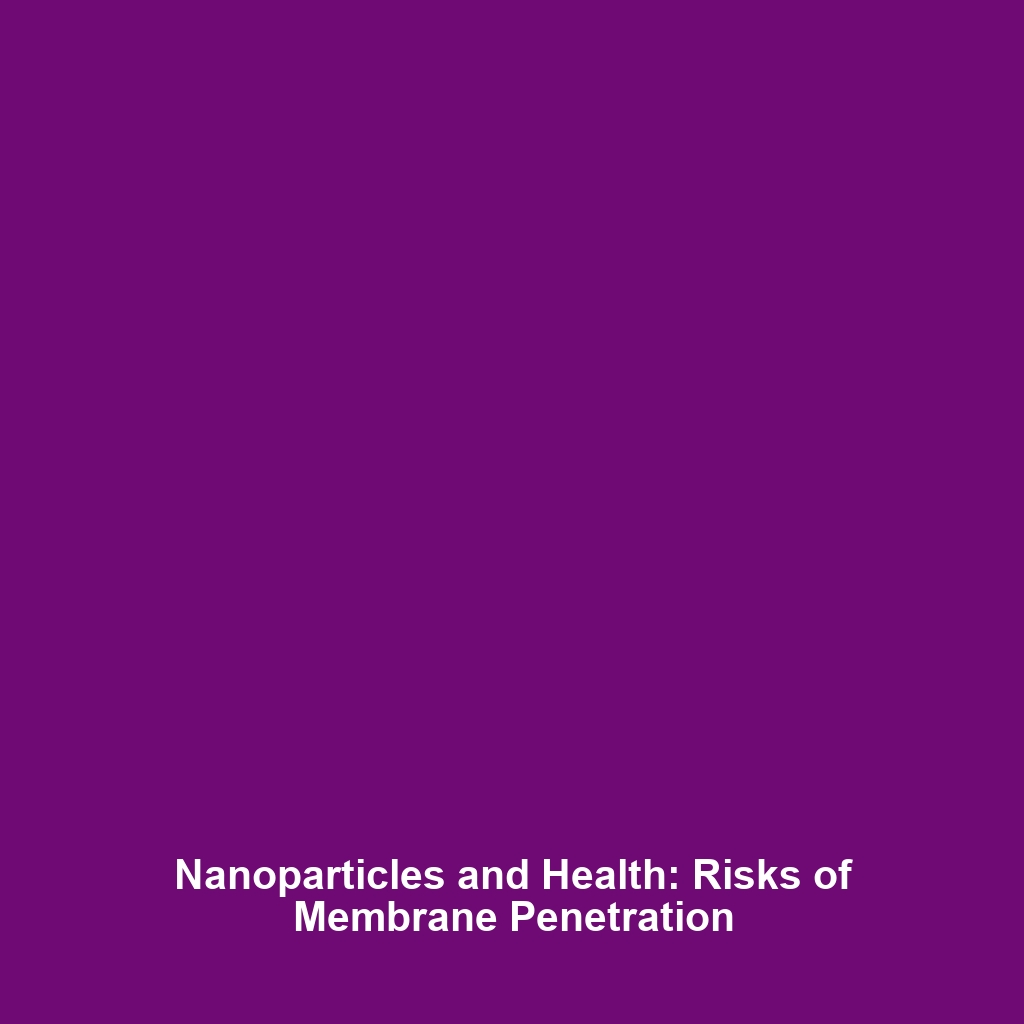Nanomaterials in Space Exploration: Lightweight Materials for Space Technology
Nanomaterials have emerged as a pivotal component in the realm of space exploration, particularly due to their lightweight properties and structural integrity. As we venture further into the cosmos, the demand for innovative materials that can withstand extreme conditions without adding unnecessary weight has only intensified. This article delves into the significance of nanomaterials within the broader category of Advanced Nanomaterials, emphasizing their vital role in the development of space technology.
Key Concepts
Understanding the integration of nanomaterials in space exploration involves grasping several key principles:
- Nanostructure Design: At the nanoscale, materials can exhibit unique physical and chemical properties that differ significantly from their bulk counterparts. This nanostructure design allows for stronger, lighter materials.
- Composite Materials: The combination of nanomaterials with traditional materials can optimize performance by enhancing thermal resistance, reducing weight, and improving durability.
- Functional Applications: Nanomaterials can be engineered to fulfill specific functions, such as sensors or energy storage systems, thus broadening their applicability in space technology.
Applications and Real-World Uses
The applications of nanomaterials in space exploration are both diverse and impactful:
- Spacecraft Structures: Lightweight nanocomposites are used in the construction of spacecraft, reducing launch weights and enabling more efficient fuel usage.
- Thermal Protection Systems: Nanomaterials improve the thermal management of spacecraft by enhancing the insulation properties.
- Energy Harvesting: Flexible solar panels made from nanomaterials can capture solar energy more effectively, powering equipment in remote space missions.
Current Challenges
Despite the advancements, several challenges persist in the study and application of nanomaterials in space exploration:
- Manufacturing Consistency: Achieving uniformity in nanomaterial production remains a hurdle, impacting performance reliability.
- Long-term Stability: The effects of prolonged exposure to space conditions on nanomaterials are not yet fully understood, raising concerns about their longevity.
- Regulatory Hurdles: The integration of nanotechnology into established space programs may face bureaucratic challenges, delaying implementation.
Future Research and Innovations
The future of nanomaterials in space exploration looks promising, with several innovations on the horizon:
- Self-Healing Materials: Ongoing research is focused on developing nanomaterials that can autonomously repair themselves, enhancing the robustness of spacecraft.
- Advanced Coatings: Future breakthroughs may allow for nanostructured coatings that provide additional protection against radiation and micrometeoroids.
- Smart Materials: Innovations in smart nanomaterials could lead to systems that adapt to changing space environments in real time.
Conclusion
Nanomaterials represent a transformative advancement in the pursuit of space exploration, providing lightweight solutions that carry enormous implications for future space technology. As researchers continue to innovate and address existing challenges, the synergy of nanomaterials and advanced nanotechnology will play a crucial role in the next era of space missions. For more insights into the impact of materials science on aerospace technology, check out our articles on Advanced Nanomaterials and Space Technology Innovation.








